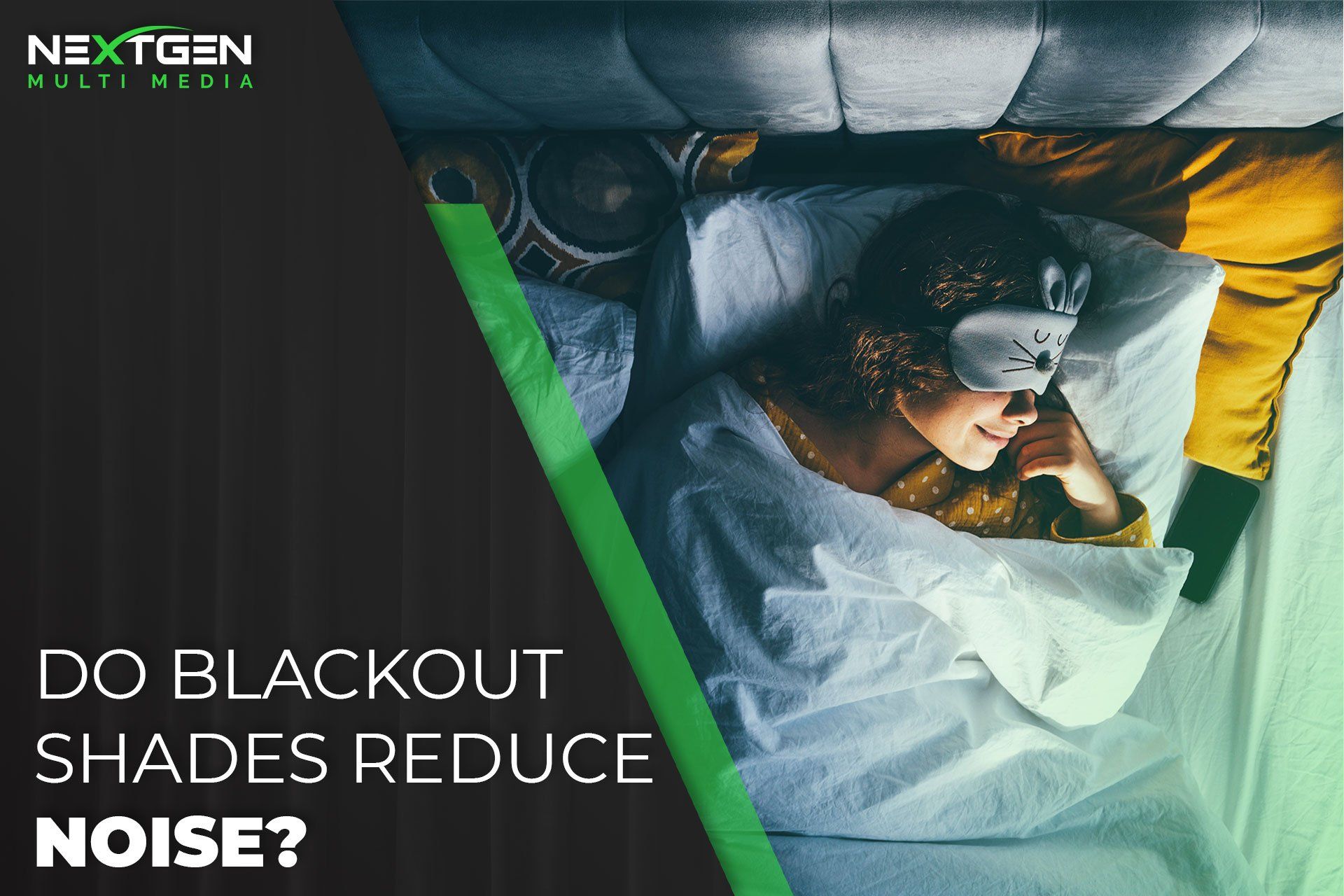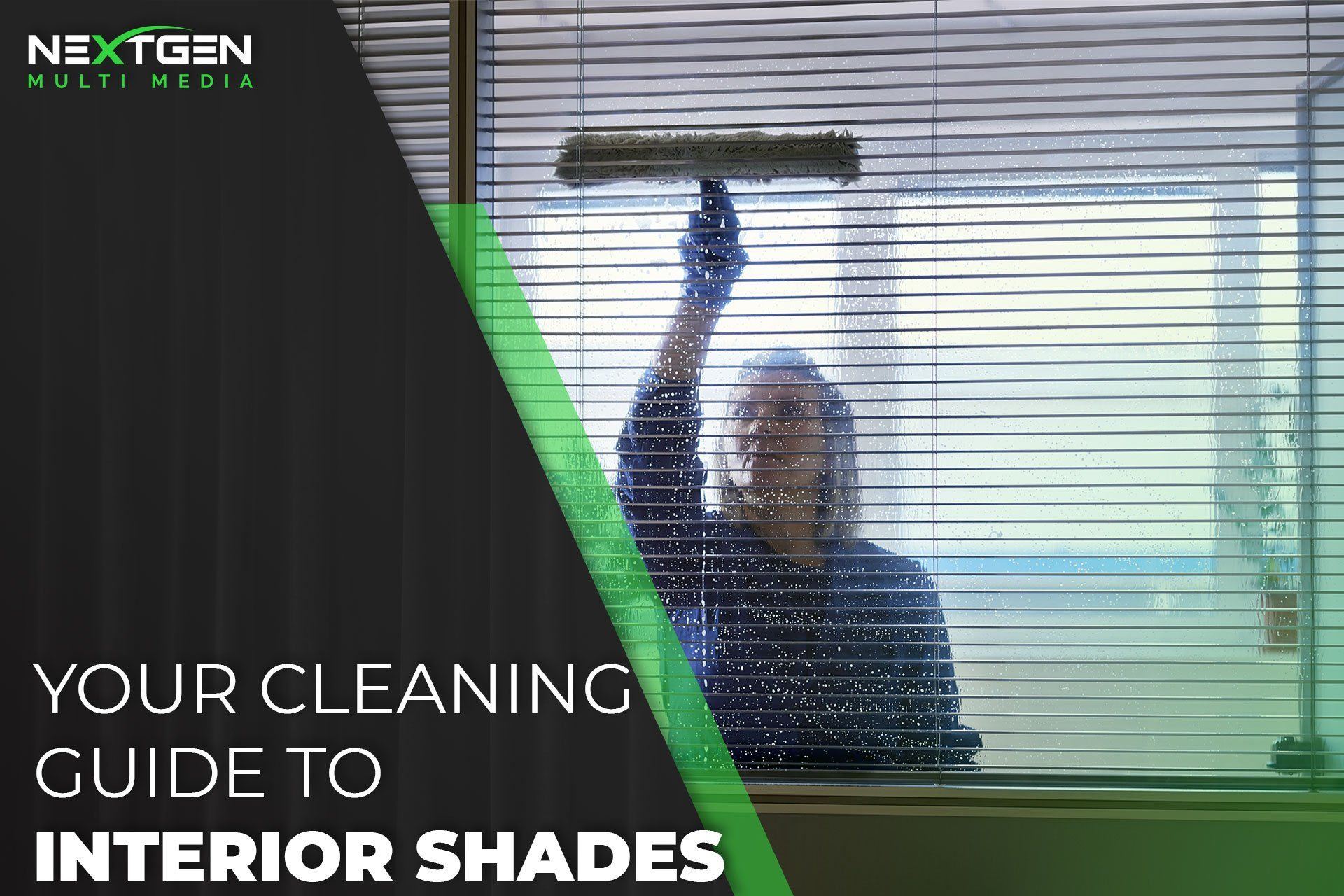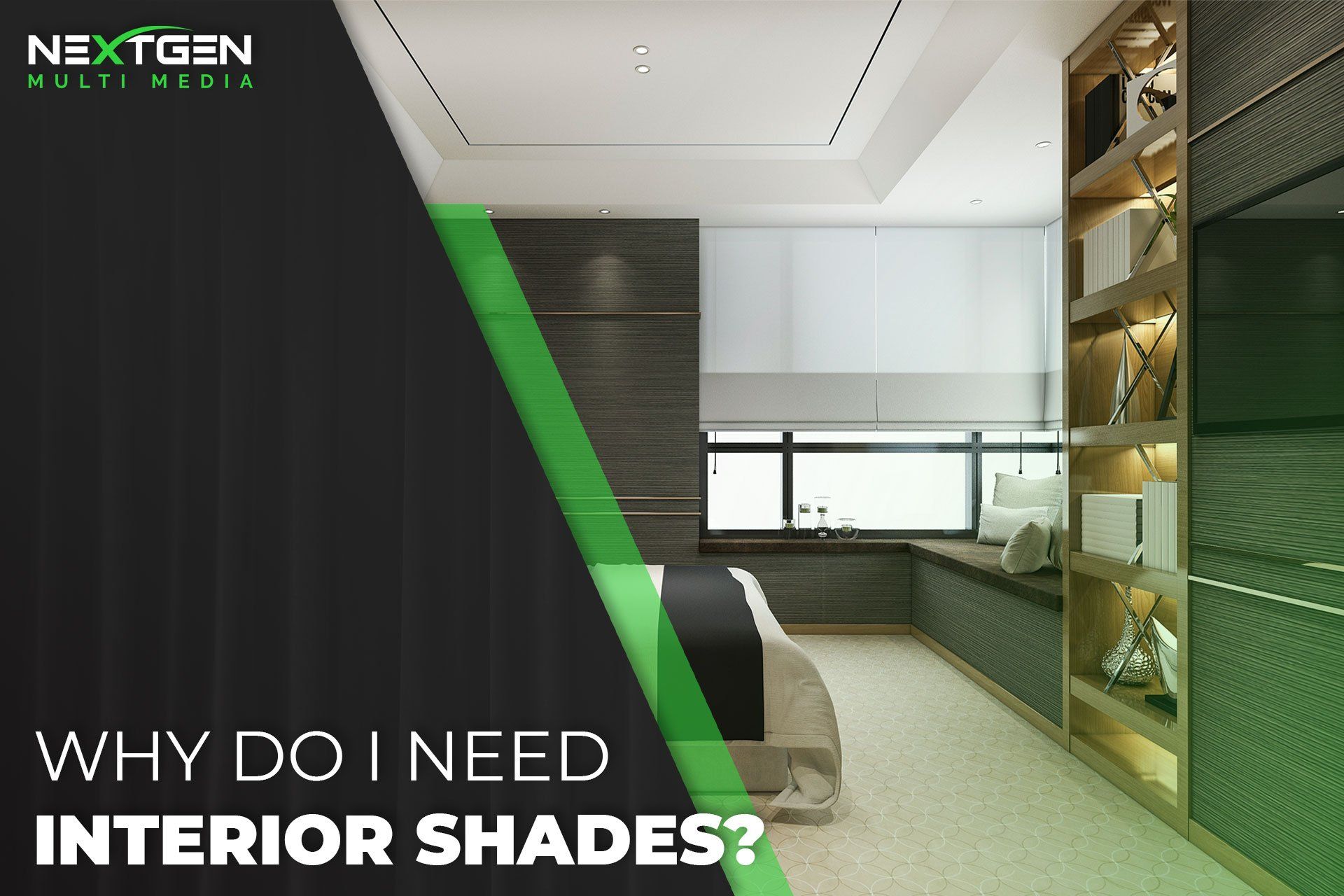Why Is Sunlight Bad for Your Home's Interior?
Why Is Sunlight Bad for Your Home's Interior?
It makes us smile, warms us on chilly days, helps houseplants grow, and fills our rooms with welcome light, but sunlight can also damage the interior of our homes. Standard window glass only blocks a small percentage of the sun's damaging rays, so adding interior or exterior blinds can help dramatically. Automated, motorized shades can even make it simple and convenient to protect your home's interior from the harm of ultraviolet light while allowing you to enjoy letting the daylight in.
Furniture
Many pieces of furniture are placed close to walls to leave space within rooms to move freely. Unfortunately, this means sunlight often shines directly on them whenever window shades are open. Fabric-covered pieces such as sofas, recliners, and easy chairs are the most vulnerable to damage, with textiles bleaching and weakening the longer they are exposed.
Carpeting, Rugs & Other Flooring
Other interior textiles such as carpeting and rugs can easily be damaged by bright sunlight, causing both natural and synthetic fibers to break down. You may not notice as readily on wall-to-wall carpeting, but damage can be particularly obvious on area rugs and runners. Hardwoods and their protective coatings can lighten or darken with UV exposure, too. Vinyl flooring can buckle and warp, turning your beautiful flooring into an unsightly mess.
Books, Photos & Artwork
Paper and ink are very vulnerable to sun damage and can easily fade and become yellow and brittle with ruined bindings. Precious photos and artwork are also quickly and irreparably damaged by sunlight.
Clothing & Bedding
Sunlight in bedrooms can easily fade your bedding, pillows, and any clothing it can reach, weakening their fibers and, over time, ruining them.
At Nextgen Multi Media, we specialize in motorized interior and exterior blinds as one component of our full array of home automation solutions. Contact us today to protect your home and start planning your dream smart home.











